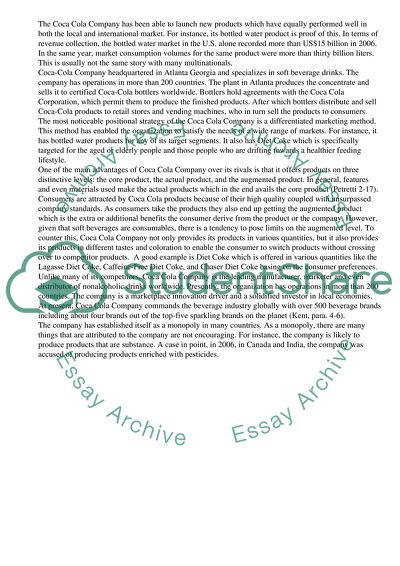Cite this document
(“Coca cola Essay Example | Topics and Well Written Essays - 1500 words”, n.d.)
Coca cola Essay Example | Topics and Well Written Essays - 1500 words. Retrieved from https://studentshare.org/business/1497235-coca-cola
Coca cola Essay Example | Topics and Well Written Essays - 1500 words. Retrieved from https://studentshare.org/business/1497235-coca-cola
(Coca Cola Essay Example | Topics and Well Written Essays - 1500 Words)
Coca Cola Essay Example | Topics and Well Written Essays - 1500 Words. https://studentshare.org/business/1497235-coca-cola.
Coca Cola Essay Example | Topics and Well Written Essays - 1500 Words. https://studentshare.org/business/1497235-coca-cola.
“Coca Cola Essay Example | Topics and Well Written Essays - 1500 Words”, n.d. https://studentshare.org/business/1497235-coca-cola.


